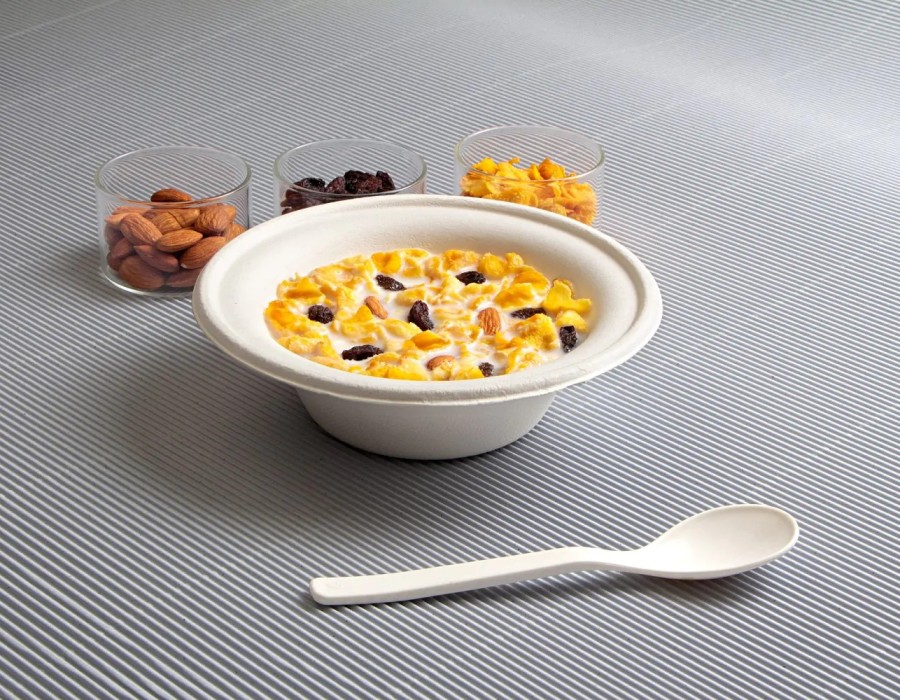Introduction
As environmental consciousness grows, the food packaging industry is undergoing a major transformation. Businesses and consumers alike are seeking sustainable alternatives to traditional materials like plastic and Styrofoam. Among the leading contenders for eco-friendly packaging solutions are bagasse bowls—made from sugarcane waste—which are rapidly becoming the future of food packaging. Here's why bagasse bowls are emerging as a game-changer.
A Sustainable Solution to Plastic Pollution
One of the most compelling reasons bagasse bowls are gaining traction in the food packaging industry is their eco-friendliness. Unlike plastic, which can take hundreds of years to decompose, bagasse bowls are fully compostable and biodegradable. Made from the fibrous byproducts of sugarcane, they break down naturally within months, reducing the burden on landfills. This makes them an ideal choice for food businesses aiming to minimize their environmental impact.
Durable and Versatile for Various Food Types
Many might assume that sustainable packaging sacrifices durability, but bagasse bowls defy that notion. They are not only lightweight but also incredibly sturdy, making them suitable for both hot and cold foods. Bagasse bowls can withstand moisture and grease, making them perfect for soups, salads, and even takeout meals. Their versatility ensures they can be used across various culinary settings—from casual cafes to high-end restaurants.
Meeting Consumer Demand for Green Packaging
With consumers becoming more conscious of their environmental footprint, there is increasing pressure on the food packaging industry to adapt. Surveys show that a growing number of customers are willing to pay a premium for eco-friendly packaging. By adopting bagasse bowls, food businesses can align themselves with this consumer demand, improving their brand image and demonstrating a commitment to sustainability.
Cost-effective and Scalable for Businesses
In addition to their environmental benefits, bagasse bowls offer cost advantages. While initial prices may be slightly higher than plastic, the long-term cost savings are substantial, especially as more countries implement plastic bans and taxes. The availability of sugarcane as a renewable resource means that bagasse bowls can be produced at scale, making them a viable solution for large-scale food packaging needs without skyrocketing costs.
Conclusion: The Future of Food Packaging is Green
As the food packaging industry moves towards a more sustainable future, bagasse bowls represent an innovative and responsible solution. Their compostable nature, durability, and cost-effectiveness make them an ideal choice for businesses looking to reduce their environmental impact while meeting consumer expectations. With the world leaning towards greener alternatives, bagasse bowls are poised to lead the next wave of eco-conscious food packaging solutions.





Comments